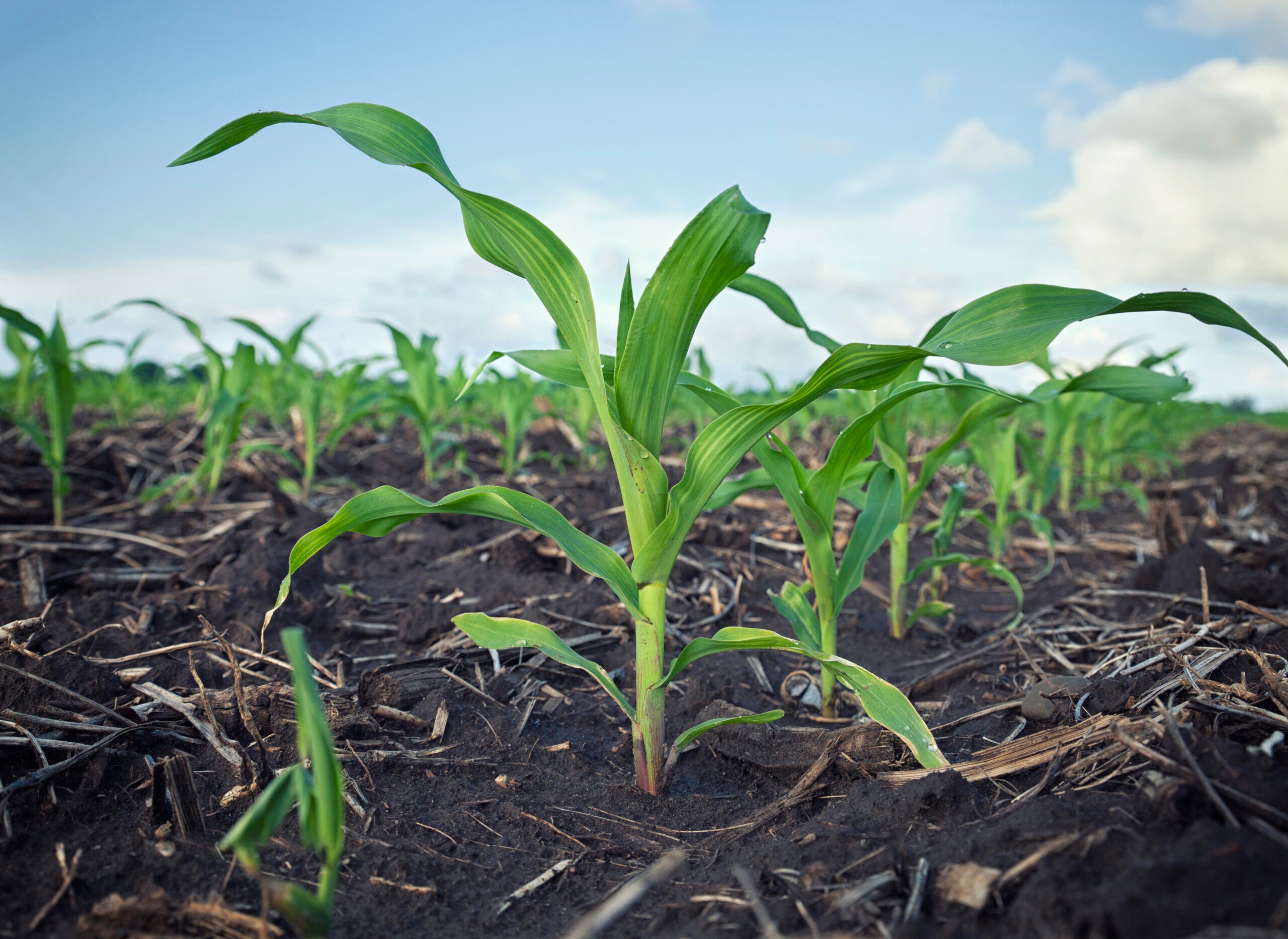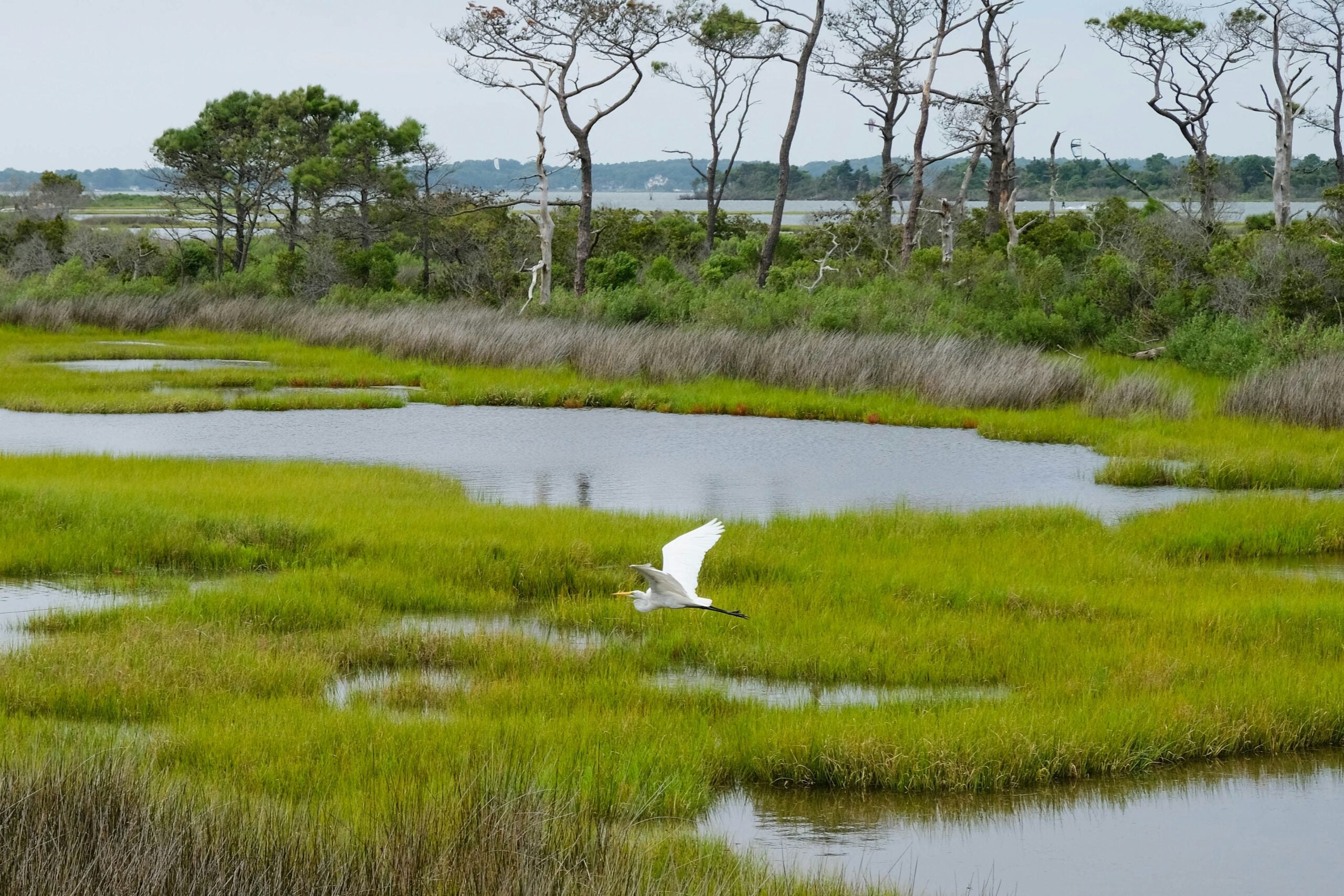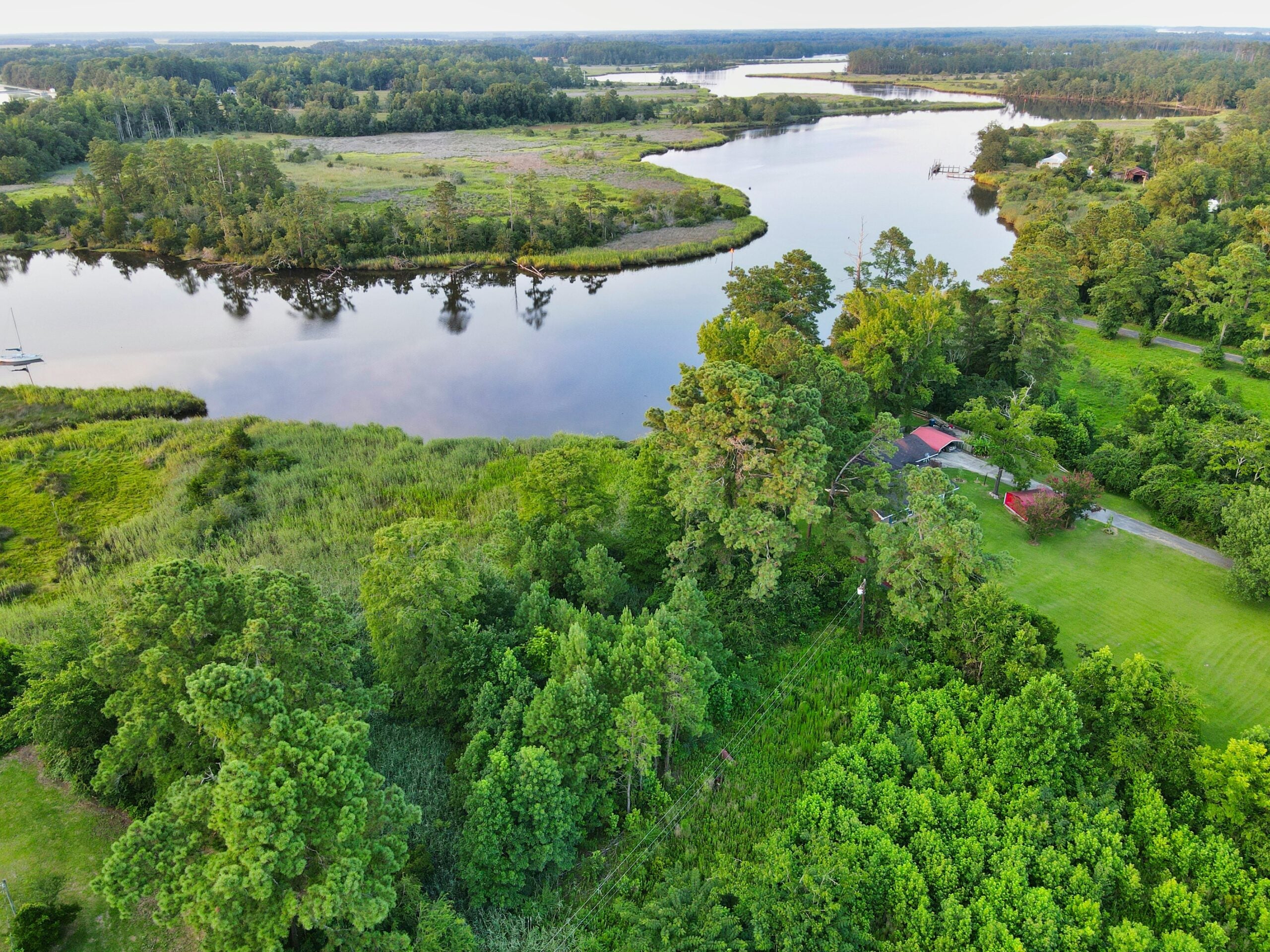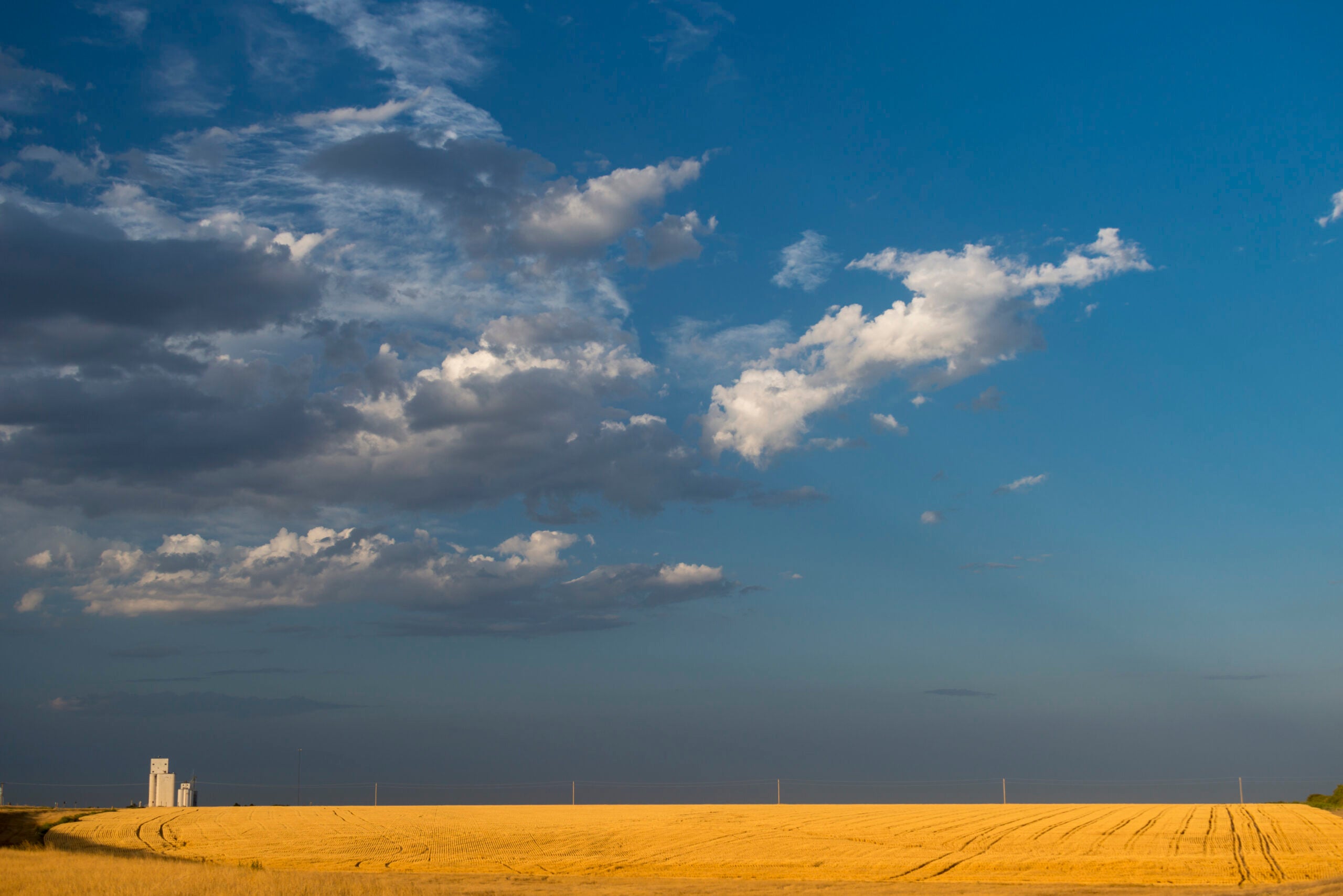
Wheat field near Oberaudorf in Bavaria, Germany by Uwe Schwarzbach.
At the same time as farmers were protesting in European capitals to demand more certainty for their future, the European Environment Agency published a report highlighting serious climate risk to food security. The European Climate Risk Assessment identified 36 major climate risks for Europe related to food, ecosystems, health, infrastructure, the economy and finance. The assessment mapped the direct and cascading effects of these risks and the hotspot areas for the most serious impacts.
The stark conclusion for food is that “climate impacts on food production (particularly in southern Europe) can cascade to rural and coastal livelihoods, land use, the health of socially vulnerable populations and the wider economy.” The report also warns that while climate-driven food shortages are unlikely because production decreases in some areas may be offset by robust production in other areas, food price increases and volatility are likely.
For Europe overall, drought, heat and overly wet conditions will hurt regional production. Southern Europe already faces critical levels of climate risk. Successive years of prolonged drought and excessive heat have resulted in crop failures and reduced yields to the tune of 60% reductions for corn yields in some southern European countries.
EU policymakers and farmers’ business partners must act urgently to support EU farmers in building resilience to climate risk and adopting climate-friendly farming solutions. This is essential to keep the agriculture sector profitable and productive in a climate-changed world. Read More






